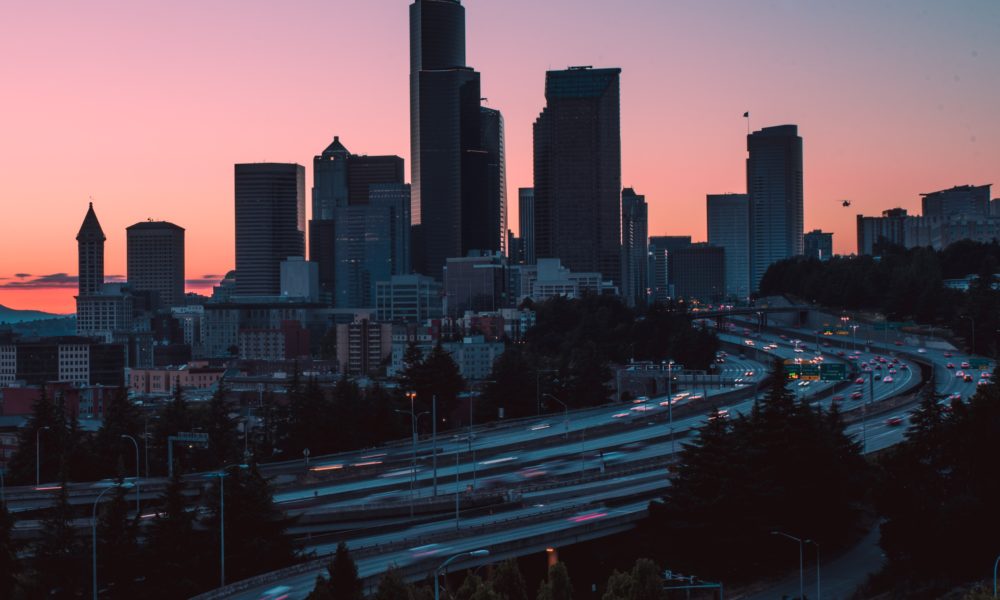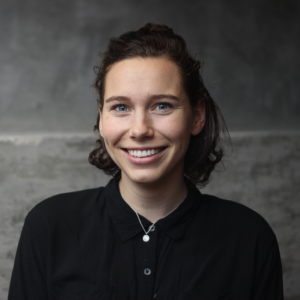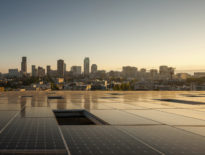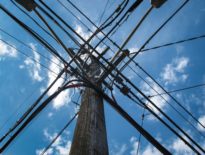On June 25, 2018 the Seattle City Council passed an update to the current Seattle Living Building Pilot Program (LBC Pilot), alongside the creation of the new 2030 Challenge High Performance Existing Buildings Pilot Program (2030 Challenge Pilot). The update included increased incentives and a clarification to the penalty structure that will streamline the process of developing Living Buildings in the city. In addition, the council included a directive to Seattle Public Utilities requiring the investigation into a new water reuse policy.
On July 2, Seattle Mayor Jenny A. Durkan signed the LBC Pilot update and new 2030 Challenge Pilot programs, signaling further commitment from the city to support the development of Living Buildings and 2030 Challenge projects.
Increased Incentives:
Both the density and height incentives were increased in this update. Now, projects renovating unreinforced masonry structures will receive 30 percent more Floor Area Ratio (FAR) than the zone allows. The FAR bonus for all other projects was increased from 15 percent to 25 percent.
Additional height has been raised to 12.5 feet (for zones with height limits less than 85 feet) and 25 feet (for zones over 85 feet) for residential buildings. Commercial buildings have been raised to 15 and 30 feet (both residential and commercial incentives were previously 10 and 20 feet depending on the respective zone). This refinement acknowledges the difference in standard floor-to-floor heights for residential and commercial structures as well as provides more generous floor height for the additional one or two stories.
Penalty Structure Clarification
The ordinance includes a new penalty formula structure should the project fall short of the requirements. The new formulas are intended to be more transparent and lend themselves to a more predictable approach that provides developers with a clearer understanding of potential fines. If a project barely misses the energy target by a fraction of a percent, the penalty is proportionate and the project is not penalized the full 5 percent of the construction value.
About the 2030 Challenge Pilot
The new 2030 Challenge Pilot is intended to preserve historic and existing buildings while incentivizing them to pursue efficiency measures during renovation. The International Living Future Institute worked closely with the Seattle 2030 District and Seattle Department of Construction and Inspection to define “existing buildings” in a way that produces clarity for projects choosing between the 2030 Challenge Pilot and the LBC Pilot.
New construction and existing building renovations continue to be eligible for the LBC Pilot. The 2030 Challenge Pilot applies only to existing building renovations. In order to qualify for the 2030 Challenge Pilot, buildings in zones with height limits of 85 feet or less must already be at least 47 percent of the height limit of the zone. Additions to the building footprint cannot exceed 20 percent of the existing footprint area. Buildings in zones over 85 feet must be at least 60 percent of the height limit, and again cannot exceed 20 percent of the existing footprint area. Buildings qualifying for the new 2030 Challenge Pilot must comply with the provisions for substantial alterations and maintain the opaque portions of all exterior walls, or the superstructure of existing structures. Any scale of existing building may pursue the LBC Pilot in order to receive the incentives.
Water Reuse Policy
Inspired by the leadership of the San Francisco Public Utilities Commission, the updated ordinance also includes a directive to Seattle Public Utilities for the development of a Water Reuse Policy. The council expressed interest in a program that would require or incentivize innovative strategies to reuse water that would reduce demand for potable water in new development. Living Buildings face significant regulatory barriers, many of which center around water systems permitting. Replacing these barriers with policy leadership that will make it easier—rather than harder—for truly green buildings is a noteworthy endeavor. Seattle Public Utilities will prepare a report on this topic by December 2018.
Ultimately, the updates included in this bill will serve as a catalyst for the development of Living Buildings throughout Seattle. Continuing the city’s leadership in maintaining a relevant LBC Pilot is important for a holistic approach to meet livability and resiliency goals in addition to key implementation targets outlined in the Seattle Climate Action Plan.



